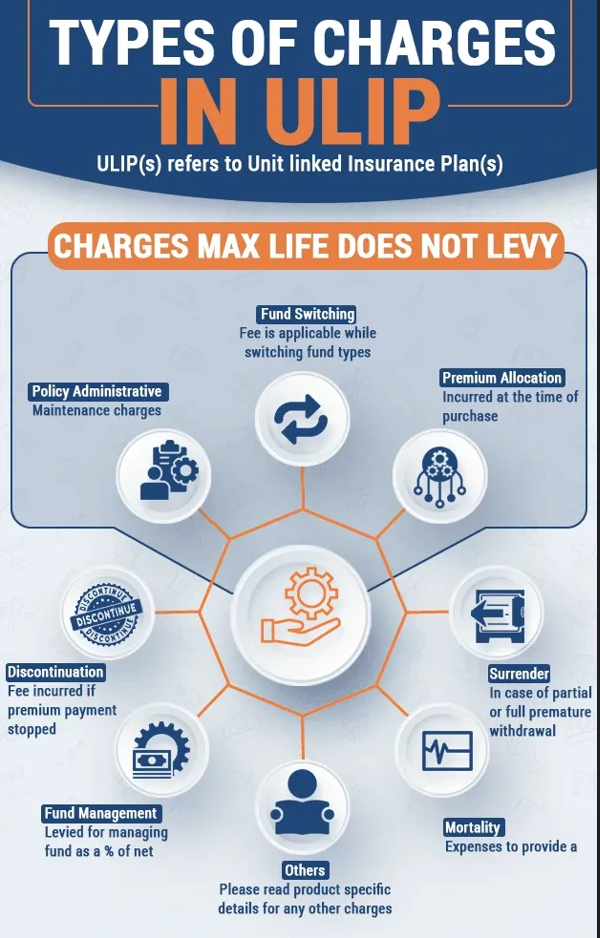Urbanisation - Can We Reconnect Indian Cities with Nature?
- by Mr. Kishor Pate, CMD - Amit Enterprises Housing Ltd.
In
pre-modern times, people in Indian cities still coexisted peacefully with
nature. Sadly, in the current real estate development scenario, we have
definitely witnessed an increasing separation between nature and individuals.
In
the pursuit of their development and urbanisation agendas, our cities have seen
high-rise buildings replacing backyards, parks and forested areas.
However, it
is wrong to blame solely real estate developers and municipalities for this
scenario. They are effective reacting to the growing demand for such buildings
from people whose evolving lifestyles focus more on work and after-work
entertainment and shopping.
Let
us take the city of Pune as a case in point. In previous times, this city had a
much smaller geographic spread and there was no real need to increase it. Pune
was supposed to be city for retired people.
The city and its trade activities
coexisted very well with a strong agrarian component both in the central and
peripheral regions. Population growth was relatively limited. The neighbouring
city of Bombay, established by the British circa 1845 as a major port and trade
hub, attracted a significant mass of migrants looking for urban-based
employment.
In
fact, the British viewed Pune - or Poona, as it was known in earlier times - as
a region of political unrest and resistance against their rule.
Pune began
growing both in terms of population and geographical spread only after India
attained independence in 1947. Then came Pune's Technological Revolution. ,
Pune transformed from a relatively small city to a full-fledged metropolis and
was drawing a massive influx of people responding to its rapidly increasing
employment opportunities - first in manufacturing, then also in software
technology and information technology-enabled services (ITeS).
When
Pune was still relatively small and untouched by the rampant urbanisation we
see here today, there was negligible impact on the natural wealth for which it
was once so famous. Today, we see its once generous share of green open spaces
eaten up by both low-rise and high-rise housing developments, landfills,
commercial complexes and shopping centres.
As
a result of this process, city dwellers become disconnected from nature. It is
true that there is a lot of awareness and concern about the need to reestablish
a healthy environment, and healthier cities. However, it is also true that most
real estate development taking place today is about amenities and facilities,
and that any vegetation that is factored in is merely aesthetic and ornamental.
Essentially, the city has gone from green to grey, and any new thinking about
and efforts towards reconnecting people to nature must indeed be
trans-disciplinary and coordinated.
Construction
is an inseparable element of a city - a city without buildings is
inconceivable, and deforestation is inevitable. In fact, the very genesis of
buildings lies in mankind's need to protect itself from the wild animals
inhabiting forest areas with strong, impregnable structures. Today, wildlife
has been more or less wiped out from our cities, but economic inequality has
given rise to new threats of forced entry and loss of life and possessions. As
long as mankind prevails, buildings will prevail as well - but can we bring
nature back into our cities, as well?
 |
| Kishor Pate, CMD - Amit Enterprises Housing Ltd. |
An
experiment to achieve exactly that is reaping astounding results in cities like
Singapore, where a natural ecosystem is being re-introduced into the urban
fabric. It is astounding what such a vision of futuristic urbanisation can
achieve. Clearly, concrete and coexist with abundant greenery and one must not
necessarily negate the possibility of the other. However, it takes a
magnificent town planning vision, coupled with a strong political will - and
also unswerving support from a city's population.
As
long as demand for homes is skewed only towards concrete buildings with modern
amenities and some token greenery, only such supply will follow.
Increased
demand for urban housing where natural environment is more than just a token
gesture and, in fact, available to sufficient saturation to actually have an
environmental impact, such supply will surely follow.
We
are seeing the return of such demand in Pune, and it is driven not only by the
higher environmental consciousness of today's young homebuyers but also their
concerns about their own and their children's' health and wellbeing.
A
city does not lose its 'green' identity overnight - in cities like Pune and
Bangalore, the erosion of this identity took several decades. It will take a
few more decades to bring it back, but it is possible if all stakeholders -
from town planning and municipal authorities to real estate developers and
buyers - decide that it is worth it and must be done.
About The Author..
Kishor Pate, Chairman & Managing Director of Amit Enterprises Housing Ltd. is the driving force behind one of the most successful real estate development firms in Pune and beyond.
Kishor Pate, Chairman & Managing Director of Amit Enterprises Housing Ltd. is the driving force behind one of the most successful real estate development firms in Pune and beyond.
Apart from its signature luxury projects like
Montecito in Sahakar Nagar and other premium gated townships, AEHL has also
launched highly successful affordable housing projects like Astonia Classic and
Colori in Undri and the Mediterranean-style township Astonia Royale in
Ambegaon.
For media contact
Jay Kalghatgi
Client Interface - Copyconnect
Mobile: 9320142248
Client Interface - Copyconnect
Mobile: 9320142248






























